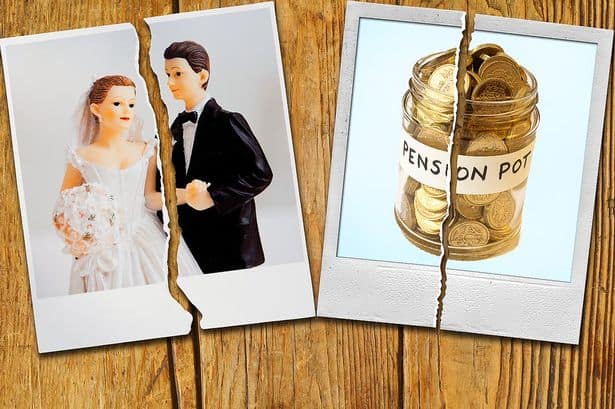
For many divorce may seem like a difficult journey particularly if you are in retirement or headed towards it. You may be in the situation where your spouse has been working all these years, and you have stayed at home to raise the children, and the divorce would put you in severe hardship if not poverty. Many cases suggest that middle-aged persons fear that divorce because the financial strain will leave them in hardship. Today, we will explore the options of pensions can play a critical role in the divorce, and how it can play in your favor, so you don’t have to go through unnecessary hardship. Let’s get started!
Pensions and Marital Property
Example 1: Both Spouses are Working
Pensions of both husband and wife earned through the course of a marriage are subject to distribution in the filing of the divorce. Suppose James married Mary five years after he began his employment at XYZ Co., and now 20 years after they married, James and Mary divorce. Those benefits James earned as a single man before his marriage to Mary are James separate property. Those 20 years that James had been married to Mary are marital and subject to division and distribution. The same situation applies to any pensions that Mary had earned at her employer with ABC Co. In the event of an employee contribution plan as part of that spouse’s pension plan this is still considered marital property.
Example 2: One Spouse in Working
From our example above let’s say that Mary decide to take on the role of a homemaker and child rearing, the stay at home mother so to speak. Mary only has a sketchy understanding that her husband James pension may be their most valuable asset besides the house they share. In this type of situation, this is known as a coverture fraction.
In cases such as these courts use a coverture fraction, also known as the time rule. The time rule is a mathematical formula that is used to calculate the percentage of the pension distributed to the non-worker spouse.
So as an example, James and Mary had been married 20 years even though James had been employed 25 years. So you take 20 years and divide it by 25 years which comes out to be .80 or 80%.
This means that 80 percent of the present value of James pension would be attributed to the marriage. So if James had accumulated $100,000, then 80% or $80,000 would be added to the value of the marital portion.
Contact a Divorce Lawyer for All Your Options
As you can see if you are seeking a divorce and want to know, more about your options are when it comes to your spouse’s pension you should call a qualified divorce lawyer in your area. There is more that an attorney can tell you about pensions that include contributions, benefits plans, qualifying for your spouse’s social security benefits and how valuations are calculated.
